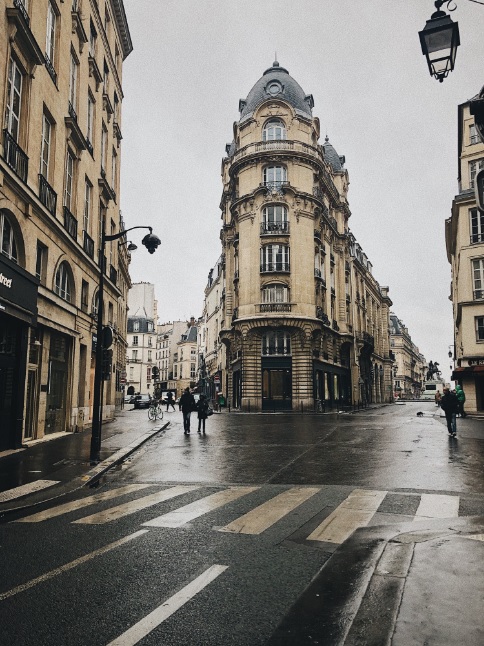Baroque architecture is a highly ornate and extravagant architectural style that emerged in Europe in the 17th century and continued into the 18th century. It is characterized by grandeur, drama, and a sense of awe, with a focus on creating a visually striking impact. Baroque architecture evolved during a period of significant political, religious, and cultural change and is associated with the Counter-Reformation in the Catholic Church.

Key features of Baroque architecture include:
- Dramatic and Ornate Facades:
- Baroque buildings often feature elaborate and dynamic facades with intricate detailing, including ornate sculptures, columns, and decorative elements. The facades are designed to create a sense of movement and depth.
- Curvilinear Forms:
- Baroque architecture often incorporates curved and undulating forms, such as convex and concave shapes. This creates a dynamic and theatrical effect, adding to the overall sense of drama.
- Use of Columns and Pilasters:
- Columns and pilasters are frequently used in Baroque architecture, with an emphasis on the dramatic interplay of light and shadow. Solomonic columns, characterized by spiraling twists, are a notable feature.
- Domes and Cupolas:
- Many Baroque buildings include domes and cupolas, often adorned with intricate frescoes and sculptures. These architectural elements contribute to the grandeur and sense of space.
- Gilded Decorations:
- Gilding, the application of gold leaf, is commonly used to embellish surfaces and highlight decorative elements. This contributes to the opulence and richness of Baroque interiors.
- Broken Pediments:
- Pediments, the triangular elements often found above doors and windows, are sometimes “broken” or split in the center, creating a dynamic and visually engaging effect.
- Centralized Plans:
- Baroque churches and palaces often have centralized plans, with a focus on a central axis or a central space. This allows for a dramatic emphasis on a focal point, such as an altar or a throne.
- Use of Light:
- Baroque architects employed various techniques to enhance the play of light within their buildings. This includes large windows, reflective surfaces, and the use of chiaroscuro (strong contrasts between light and dark).
- Frescoes and Ceiling Paintings:
- Interiors of Baroque buildings frequently feature elaborate frescoes and ceiling paintings that depict religious, mythological, or allegorical scenes. These artworks contribute to the overall theatricality of the space.
- Monumental Staircases:
- Baroque buildings often include grand staircases that serve as impressive entrances. The design of these staircases is characterized by sweeping curves and ornate railings.
Prominent examples of Baroque architecture include the Church of San Carlo alle Quattro Fontane in Rome (designed by Francesco Borromini), the Palace of Versailles in France, and the Karlskirche in Vienna (designed by Johann Bernhard Fischer von Erlach). Baroque architecture has left an indelible mark on European cities and is celebrated for its exuberance, theatricality, and the skillful use of architectural elements to convey a sense of splendor and emotion.

